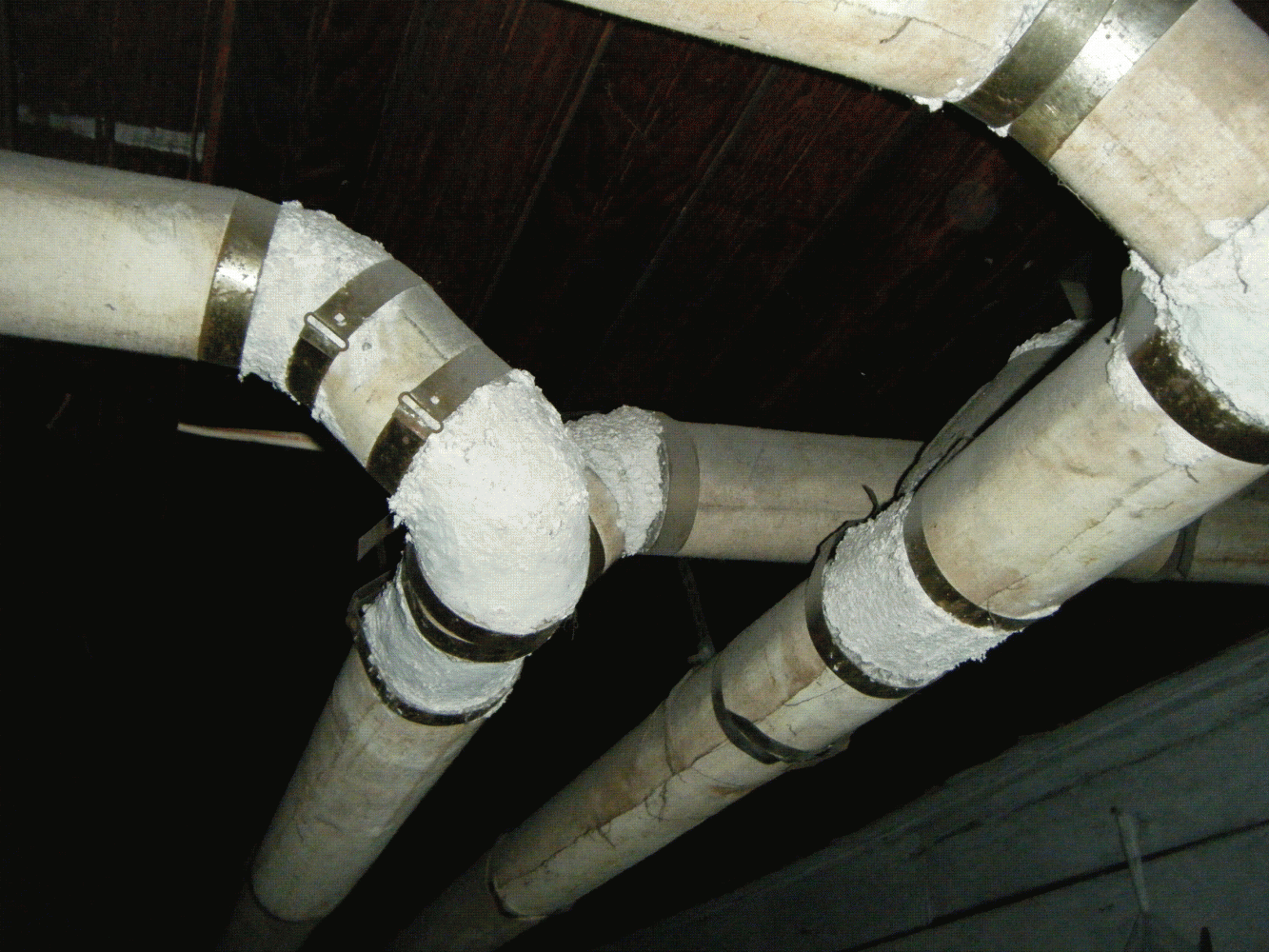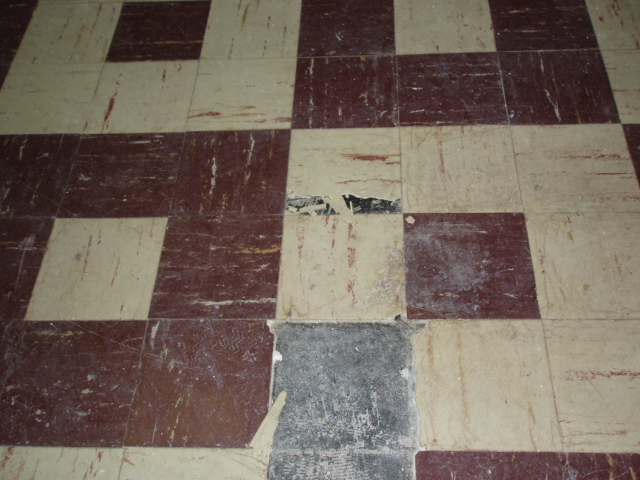Asbestos In The Home
What is Asbestos?
Asbestos is a mineral fibre that can be positively identified only with a special type of microscope. There are several types of asbestos fibres. In the past, asbestos was added to a variety of products to strengthen them and to provide heat insulation and fire resistance.
Potential Health Concerns
Breathing in asbestos fibres can lead to an increased risk of lung cancer in the form of mesothelioma, a cancer of the lining of the chest and the abdominal cavity, and asbestosis, in which the lungs become scarred with fibrous tissue. The risk of lung cancer and mesothelioma increase with the number of fibres inhaled.
 Most people exposed to small amounts of asbestos, as we all are in our daily lives, do not develop these health problems. However, the problem arises when the fibres are disturbed, which can happen, depending on the material and its condition through home renovations, handling, or in any way breaking it apart. It is when it’s disturbed that asbestos material may release fibres, which can be inhaled into the lungs. The fibres can remain there for a long time, increasing the risk of disease. Asbestos material that is in a friable state – that is, if it would crumble easily if handled, or if it has been sawed, scraped, or sanded into a powder – is more likely to be a health hazard.
Most people exposed to small amounts of asbestos, as we all are in our daily lives, do not develop these health problems. However, the problem arises when the fibres are disturbed, which can happen, depending on the material and its condition through home renovations, handling, or in any way breaking it apart. It is when it’s disturbed that asbestos material may release fibres, which can be inhaled into the lungs. The fibres can remain there for a long time, increasing the risk of disease. Asbestos material that is in a friable state – that is, if it would crumble easily if handled, or if it has been sawed, scraped, or sanded into a powder – is more likely to be a health hazard.
Where To Find Asbestos
 Most products made today do not contain asbestos. The few products still made that contain asbestos that could be inhaled are required to be labeled as such. However, until the 1970s, many types of building products and insulation materials used in homes contained asbestos.
Most products made today do not contain asbestos. The few products still made that contain asbestos that could be inhaled are required to be labeled as such. However, until the 1970s, many types of building products and insulation materials used in homes contained asbestos.
A home inspector can identify materials that may be asbestos, but only a lab test can confirm it. Most commonly, an inspector will find potential asbestos in attic insulation, floor tiles, exterior wall finishes, and on heating pipes (as an insulator).
What Options Do We Have If We Suspect Asbestos?
First, get it tested. There is no way to confirm it unless it is properly tested. Taking the samples yourself is not recommended, but can be done with caution. Be sure that you take samples in accordance with laboratory requirements to ensure a proper result. Once confirmed, only a professional should remove it.
There are 3 options once identified and confirmed: leave it undisturbed, repair it or remove it.
As long as it is in an area that is not frequented by homeowners or is in excellent condition – it can be left alone. Asbestos in the attic, for example, can be left alone, so long as it isn’t disturbed.
Repair involves sealing and/or covering asbestos material – and although cheaper, if removal later becomes necessary, it will be more challenging and thus more expensive.
Removal requires a professional who will remove all asbestos without releasing any fibres into the home. This is more costly than repair, but it is permanent and the preferred choice for most consumers.
Courtesy: Lighthouse Inspections
